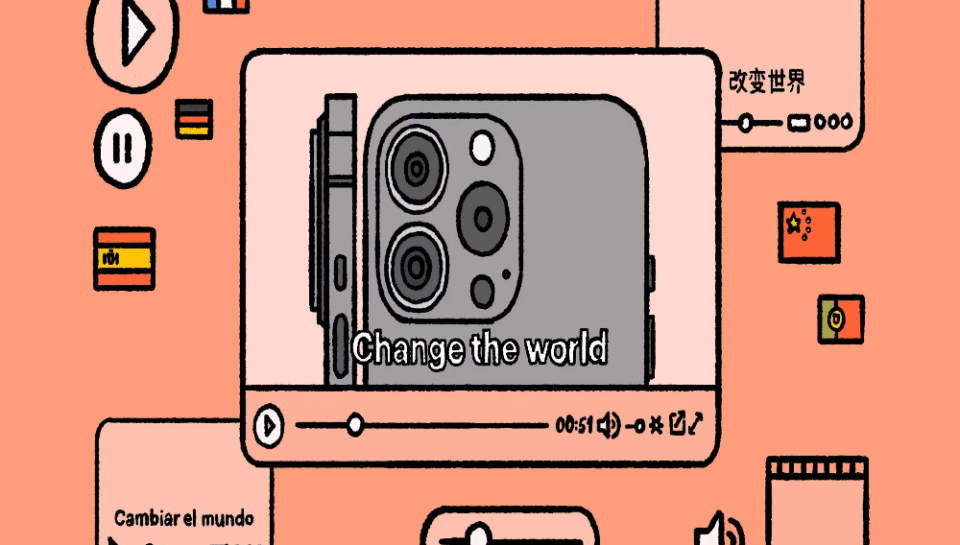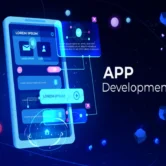
How do Indian design teams manage subtitle localization?
Multilingual Script Coordination
- Scripts are first translated into multiple regional languages.
- Native linguists or culturally fluent translators are preferred.
- Regional expressions, idioms, and tone are carefully adapted.
- Translations are reviewed for technical accuracy and cultural sensitivity.
- Master files are used to ensure alignment across all versions.
Subtitle Styling and Formatting
- Font choices support readability in Devanagari, Tamil, Telugu, and other scripts.
- Colors and backgrounds are adjusted to ensure contrast on varied visuals.
- Line breaks are set manually to suit regional sentence structures.
- Positioning avoids overlaps with on-screen elements or key visuals.
- Subtitle length and duration are adjusted for reading speed in each language.
Technical Integration and Layering
- SRT or VTT files are created for platforms that support external subtitle tracks.
- Burned-in subtitles are used when platform restrictions apply.
- Subtitle files are synced with audio using timecode tools.
- Regional versions are stored separately with naming conventions for clarity.
- Review teams verify alignment frame by frame before final export.
Platform and Format Customization
- OTT platforms require closed captions in regional languages with compliance tags.
- Social platforms favor open captions for better autoplay engagement.
- Broadcast or theatrical formats follow strict subtitle layout and timing rules.
- Text size, style, and positioning are adapted for screen size and audience distance.
- Content for mobile viewing uses larger fonts and tighter sync for silent autoplay.
Quality Assurance and Audience Testing
- Language reviewers validate tone, grammar, and visual clarity.
- Test screenings ensure timing and delivery suit the viewing context.
- Feedback loops allow quick fixes before release.
- Automated tools help detect missing characters or formatting errors.
- Teams maintain glossaries and regional style guides for consistency.





